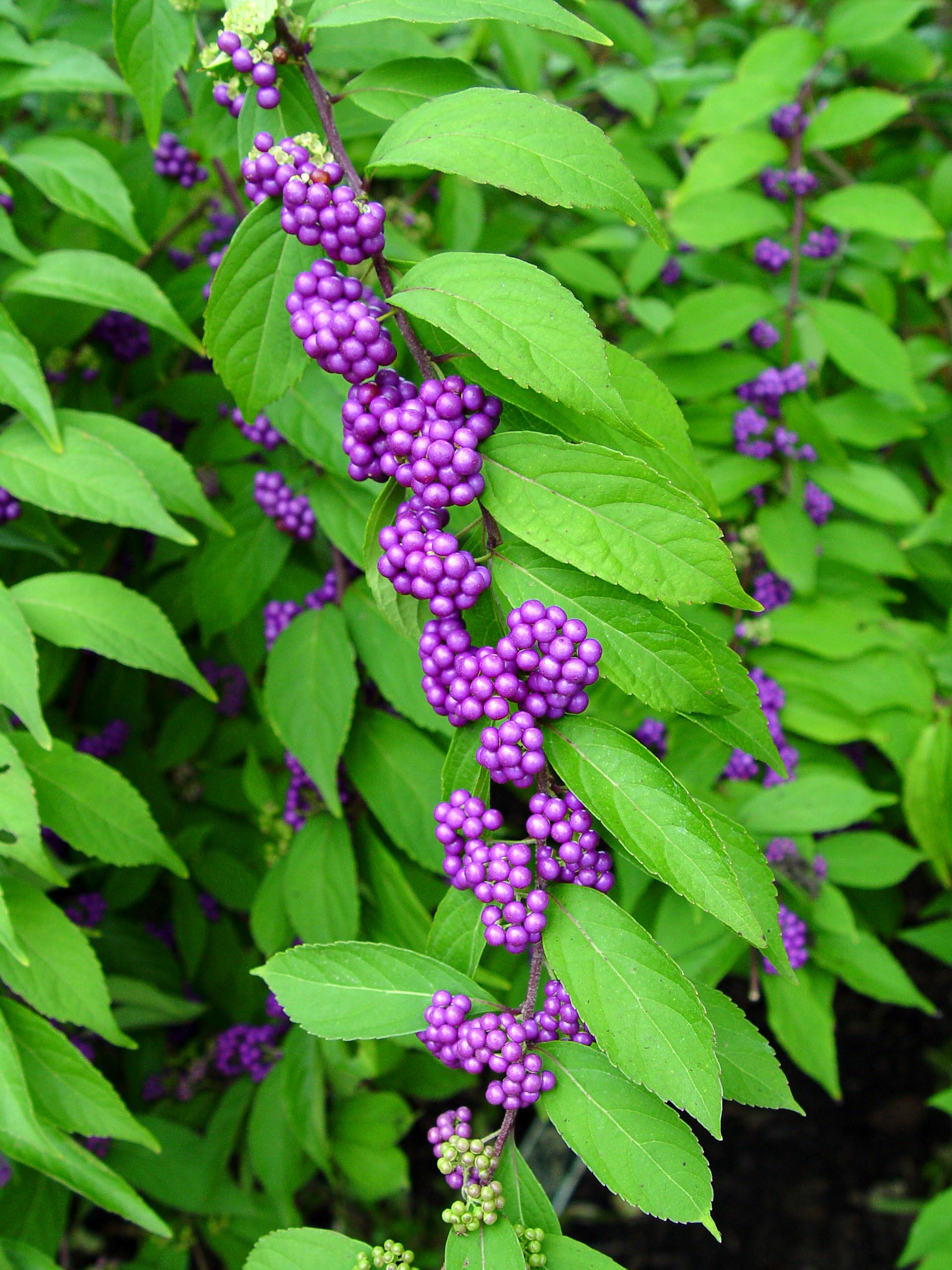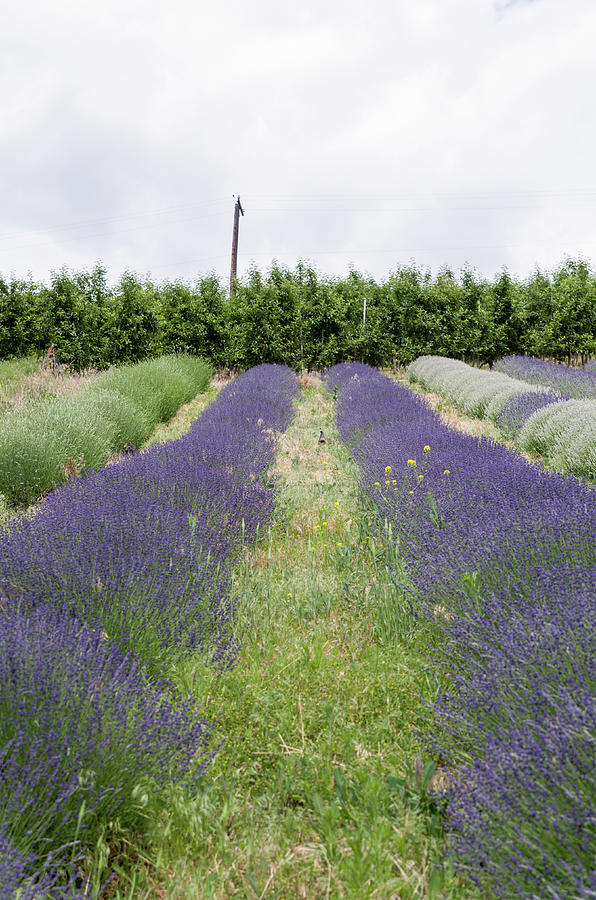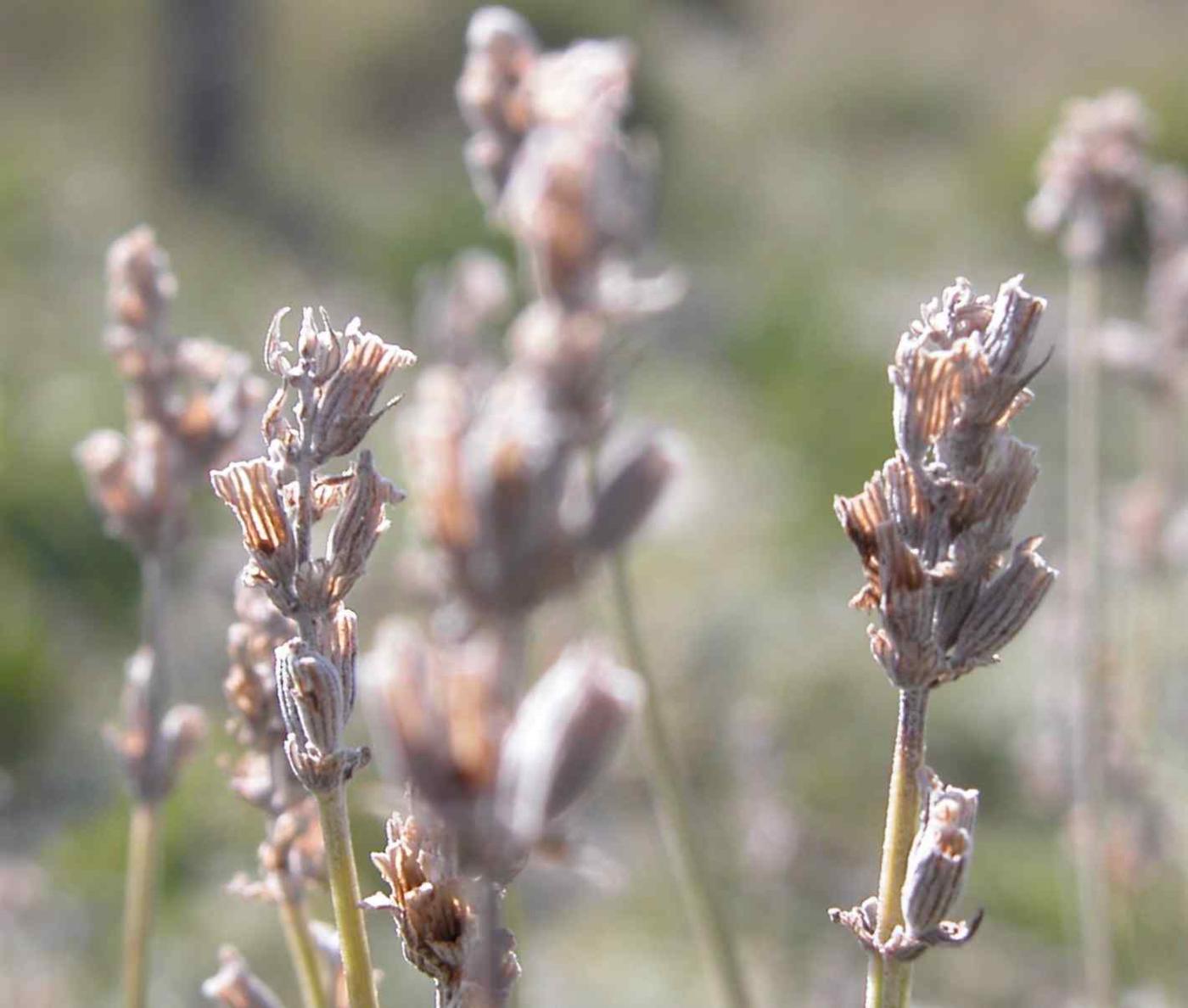
Peaches + Lavender Fruit Syrup 8 oz Maya’s
8. Producing Fruit. The last stage of lavender growth is fruit production. If the flowers have been properly pollinated, lavender can set and produce nut-like fruit filled with lavender seeds. However, plants in cultivation seldom produce fruit so you probably won't be able to grow a new Lavandin plant from the seeds you've cultivated.

Lavender Plants and Fruit Trees 4 Stock Image Image of pretty, used
English lavender is widely grown for its ornamental, aromatic, culinary and medicinal properties, and many cultivars have been developed. It is native to Europe and rarely escapes cultivation in North America. In New England it has been collected from dry fields in Vermont.. Fruit type (general) the fruit is dry but does not split open when ripe

10 Plants With Really Neat Fruit Garden Housecalls
1 teaspoon dried lavender buds = 3 teaspoons fresh lavender buds. Lavender makes a suitable substitution for rosemary in many recipes. Whether fresh or dried, the leaves, buds, stems and flowers are all wholly edible. You can add fresh or dried lavender buds to dishes and enjoy whole or strain/pick out before serving.

lavender Lavender, Flora, Plants
lavender, (genus Lavandula), genus of about 30 species of plants in the mint family (), native to countries bordering the Mediterranean.Lavender species are common in herb gardens for their fragrant leaves and attractive flowers. The plants are widely cultivated for their essential oils, which are used to scent a variety of products.The dried flowers, for example, have long been used in.

FRUIT SALAD WITH LEMONLAVENDER SYRUP (Raw Vegan Snack) BackToEden
Lavender produces gray foliage and purple flowers, although cultivars with pink, blue, lavender, or white flowers also exist. Most plants are 2 to 3 feet tall, but some cultivars are shorter and more compact.. Fruit shape: unknown. Fruit length: unknown. Fruit cover: unknown. Fruit color: unknown. Fruit characteristic: inconspicuous and not.

Lavender plants and fruit trees Photograph by Bob Corson Fine Art America
Lavender's strong scent can help deter pests like moths, whiteflies, and codling moths from attacking nearby plants. This can be especially helpful for fruit trees, which are often vulnerable to insect pests. Improved Growth. Companion planting with lavender can also help improve the growth and yield of nearby plants.

Lavender ️ Plants, Lavender, Fruit
Meanwhile, lavender helps repel common fruit tree pests, like flies and moths, because its intense fragrance distracts these unwanted visitors. But this fly-repelling plant will simultaneously attract helpful pollinators. To grow fruit, most trees require cross-pollination, the transfer of pollen from the flowers of one tree to another of the.

French Lavender French lavender, Plants, Flowers
Gather your heavy whipping cream and your lavender flowers, and heat up the cream on the stove until it begins to boil. Reduce it to a simmer, plop in your lavender, and then turn off the heat.

Lavender (color) Wikipedia
Step 2. Whisk rice flour, salt, and 2½ cups all-purpose flour in a medium bowl. Using an electric mixer on medium-high, beat butter, sugar, and lavender in a medium bowl until very pale and.

Lavender Lavender, Backyard, Fruit
Growing French lavender from seed requires patience and specific conditions. Seeds germinate best when collected and started in the fall. Fill small pots with potting soil, sprinkle a few seeds on top, and then lightly cover the seeds with soil. Overwinter the pots in a cool place such as in a cool greenhouse.

Lavender French Desert Horizon Nursery
English lavender is an evergreen perennial shrub in the Lamiaceae (mint) family that is native to Mediterranean areas. It is well loved but at times difficult to grow in North Carolina. This plant requires perfectly drained soil, preferably on the dry side, and full sun. English lavender does not like wet feet and will die out in heavy clays.

Fresh Purple Passion Fruit (5lb) Fruit Juices Grocery
Lavender is a type of flowering plant that belongs to the mint family. There are more than 30 species of lavender that originate from Mediterranean region, northern and eastern parts of Africa and southwestern Asia. Lavender grows in dry, sunny areas on well-drained soils.. Fruit of lavender is 4-nutlets. They have smooth texture and ovoid.

Lavandula angustifolia subsp. angustifolia NATURESCENE
Bring water to a rapid boil in a pot on the stove. Alternatively, you can use a temperature-controlled tea kettle. Set the dial to 212 degrees Fahrenheit. Remove the boiling water from heat and add in the dried or fresh lavender buds. Steep for 5 to 10 minutes. The flavor will increase with longer steeping times.

Lavender Plants and Fruit Trees 6 Stock Image Image of field
Use fresh or dried buds but beware: The essence gets stronger and more concentrated as it dries. Use a very light touch or risk infusing the entire dish with bitterness or an oddly soapy flavor. When cooking with dried lavender, use only 1/3 of the amount if the recipe calls for fresh buds. Example: 1 1/2 teaspoons fresh = 1/2 teaspoon dried.

Lavender Photography, Lavender, Grapes
Cut 2-3" above the woody growth, leaving 1-2" of green new growth to fuel the next flush. In the fall, you will do a "harder" prune that cuts back up to one third of the lavender's new growth. Cut just above the new growth and side branches, creating an oval arc over the top of the plant.

Lavender Plants and Fruit Trees 3 Stock Image Image of repellent
Stir fresh or dried lavender blooms into warm honey and let the mixture infuse overnight. Then, heat the honey and pour it through a fine sieve. Now it's ready to be added to whip cream to spoon over figs and raspberries, blended into creative cocktails, or served on a cheese board. View Recipe. 20 of 20.